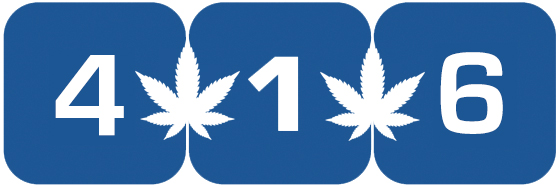Acclaimed American poet and novelist Charles Bukowski is known for his writings that challenged the fabric of society as he rose to become a champion of the downtrodden. Beginning with his first collection of poetry, entitled Flower, Fist, and Bestial Wail (1959), he set the tone of his writing career, focusing on the desolation and decline of mankind. Bukowski didn’t publish his first novel until he was 50 years old, Post Office (1971) a semi-autobiographical account of his life as Henry Chinaski, the ultimate antihero and a loose alter ego of himself, a loner.
Chinaski became a recurring character and readers were drawn to Bukowski’s raw truthfulness in his writings. His coming-of-age novel set during the Great Depression, Ham on Rye (1982) was highly acclaimed and featured Chinaski once again. Bukowski was considered a literary outsider with epic talent, but he also had a lesser known stint: a regular contributor to High Times Magazine between 1982-1985, and the story begins with one of the magazine’s first editors.
One of Bukowski’s most controversial works and High Times submission—The Hog—was released as a manuscript, complete with pencil edits by the author, and was bundled with a couple dozen letters written by him to former High Times editor in chief Larry “Ratso” Sloman. While High Times declined to publish it, the manuscript is now worth over $27,000. The letters and manuscript began Sloman and Bukowski’s years-long friendship.
Sloman—nicknamed “Ratso” by Joan Baez—arrived at High Times after a succession crisis took place in late 1978.
“What happened was that Tom Forçade killed himself. Gabrielle Chang, his widow, took over,” former High Times editor in chief Larry Sloman says. “And she had no idea how to run a newspaper, magazine—or whatever. And so she reached out to me, and I …
Read More
Author: Benjamin M. Adams / High Times





